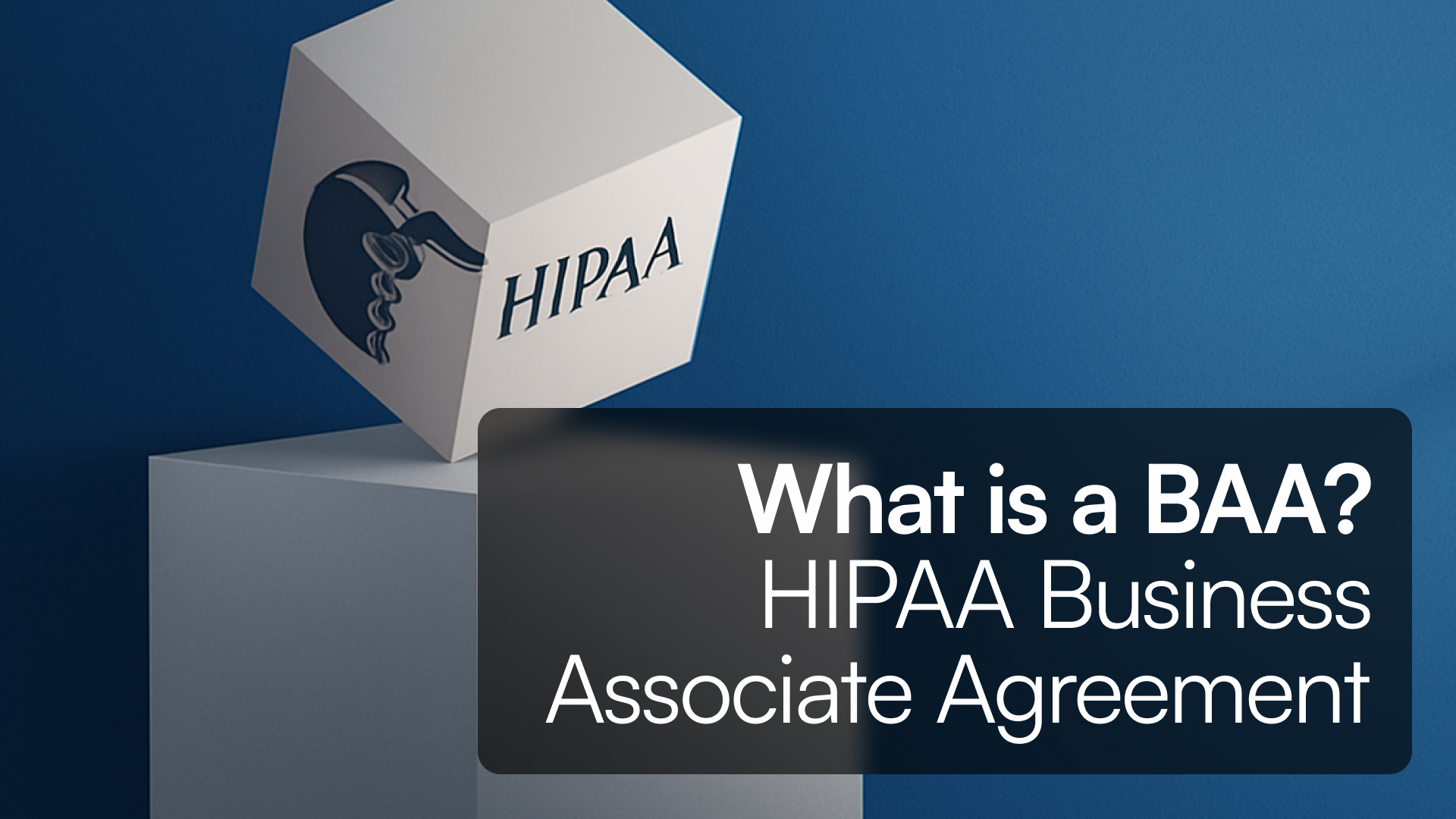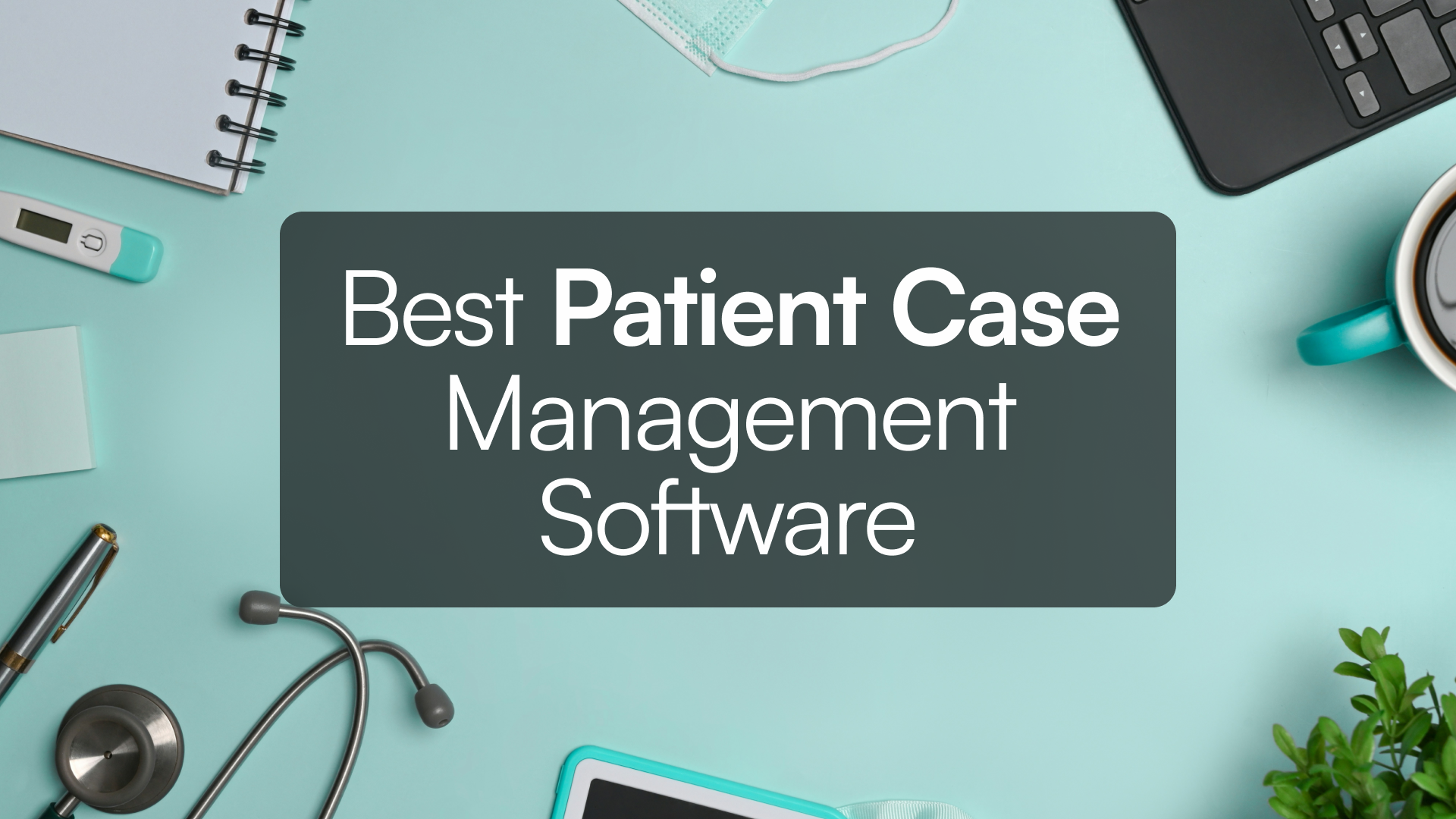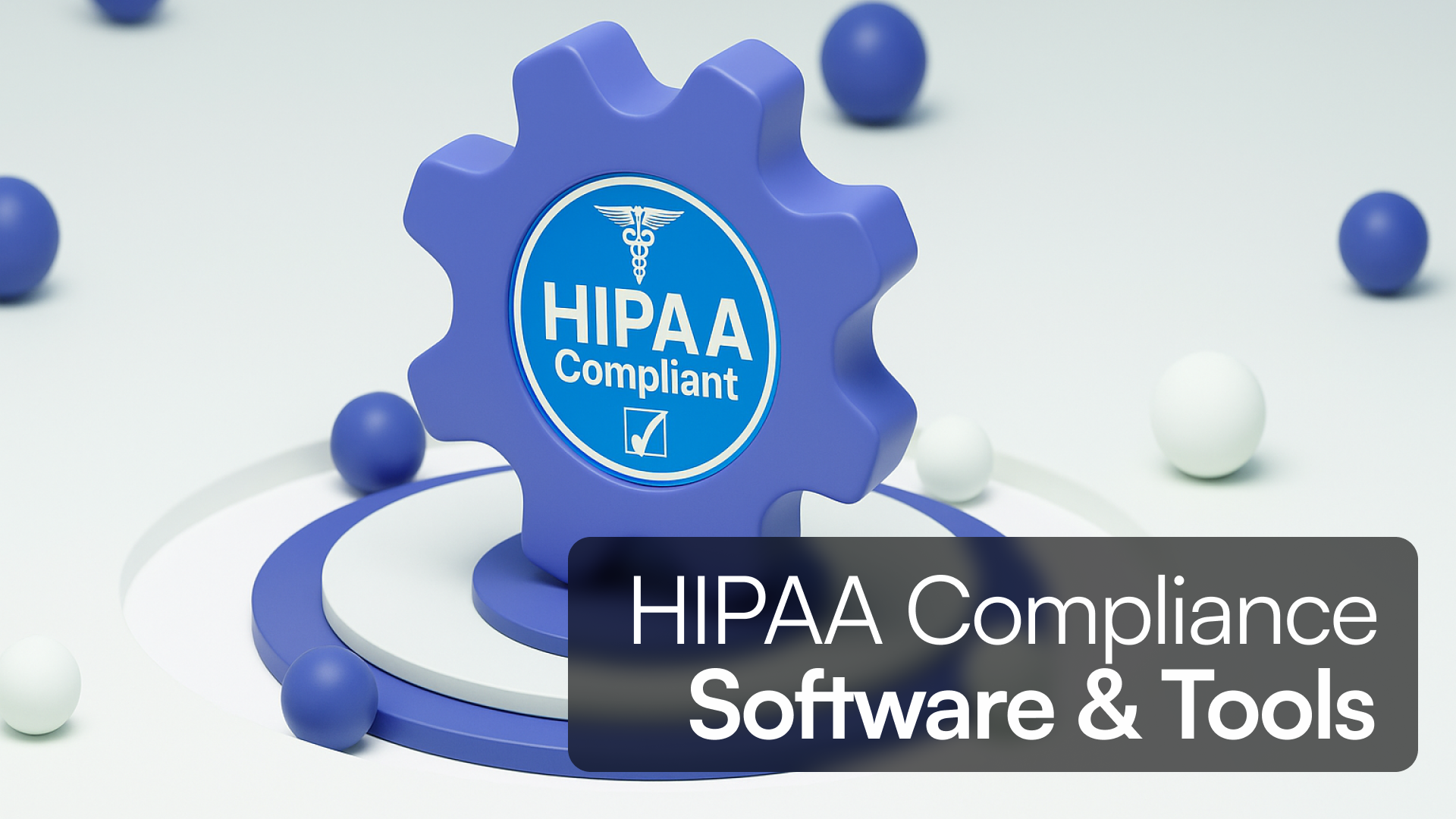Creating a safe, sustainable workplace today isn’t just a responsibility—it’s the foundation for thriving teams and resilient businesses.
Introduction
Environment, Health, and Safety (EHS) is a field dedicated to preventing workplace hazards, protecting employee health, and minimizing environmental impact. For organizations in manufacturing, construction, healthcare, and more, EHS ensures that operational activities do not compromise safety or harm the environment. This guide will thoroughly explain what EHS entails, its critical role in business, and how companies can implement effective EHS practices.
Think of EHS as the “safety net” in a high-wire act. Just as a safety net is essential for acrobats to perform risky maneuvers without fear, an EHS program supports organizations in carrying out complex, sometimes hazardous tasks with confidence and security. When well-designed, EHS provides layers of protection—assessing risks, setting safety protocols, and continuously monitoring conditions. This way, employees can focus on their work, knowing that safeguards are in place to protect them, the surrounding community, and the environment.
What Does EHS Stand For?

EHS stands for Environment, Health, and Safety. It’s a comprehensive field that focuses on:
- Environment (E): Practices to reduce the environmental impact of business operations, such as pollution control, resource conservation, and waste management.
- Health (H): Measures to ensure employee well-being, including exposure control, occupational health checks, and disease prevention.
- Safety (S): Procedures to prevent workplace accidents and injuries, such as hazard assessments, protective equipment, and emergency preparedness.
Each of these components works together to create a safe, compliant, and responsible workplace.
What are EHS Practices?
EHS practices refer to the specific actions, protocols, and systems companies implement to manage environmental risks, protect worker health, and ensure workplace safety. Key EHS practices include:
- Risk Assessment and Hazard Identification: Identifying hazards and assessing potential risks to reduce incidents.
- Compliance Management: Meeting regulatory requirements set by agencies like OSHA and the EPA.
- Employee Training: Teaching safe work practices, proper equipment use, and emergency response procedures.
- Incident Reporting and Investigation: Tracking, analyzing, and resolving workplace incidents.
- Continuous Improvement: Regular audits and data tracking to enhance EHS performance.
By following these practices, companies can create a safer work environment and maintain regulatory compliance.
What is EHS Compliance?
EHS Compliance refers to an organization’s adherence to environmental, health, and safety regulations and standards set by regulatory bodies such as OSHA (Occupational Safety and Health Administration), EPA (Environmental Protection Agency), and other local, national, or international authorities. Compliance is a core aspect of EHS, as it helps ensure that a company’s operations do not put employees, the environment, or the community at risk.
Compliance requirements vary by industry but typically include regulations on air and water quality, chemical handling, waste disposal, employee safety protocols, and emergency response. To maintain EHS compliance, organizations must establish systems for:
- Identifying Applicable Regulations: Staying updated on current EHS laws and regulations specific to the organization’s industry and location.
- Documenting Compliance Efforts: Keeping records of inspections, audits, training sessions, and other EHS-related activities that demonstrate adherence to regulatory standards.
- Conducting Regular Audits: Regular internal and external audits are necessary to assess compliance status and identify areas for improvement.
- Implementing Corrective Actions: When non-compliance is detected, organizations must take corrective actions to address the issue, prevent recurrence, and meet regulatory expectations.
- Engaging in Continuous Monitoring: Compliance is an ongoing effort, requiring continuous monitoring of workplace practices, environmental emissions, and safety protocols to detect and address risks.
Why is EHS Compliance Important?
EHS compliance is not only a legal requirement but also a critical component of corporate responsibility and risk management. Failing to comply with EHS regulations can lead to severe consequences, including fines, legal liability, damage to reputation, and even the shutdown of operations in extreme cases. Moreover, EHS compliance promotes a culture of safety and environmental responsibility, which can improve employee morale, reduce operational risks, and contribute to long-term business sustainability.
What is the Meaning of an EHS Procedure?
An EHS procedure is a documented set of instructions or standards that outline how to handle specific environmental, health, or safety issues within a company. EHS procedures provide step-by-step guidance to ensure that employees and management know the proper actions to take in various scenarios, from chemical spills to fire emergencies. Common EHS procedures include:
- Emergency Response Procedures: Actions for fires, chemical spills, or medical emergencies.
- Safety Equipment Protocols: Guidelines on using personal protective equipment (PPE) and safety gear.
- Waste Disposal Procedures: Steps for handling, storing, and disposing of hazardous and non-hazardous waste.
EHS procedures are essential for standardizing responses and ensuring that employees act safely and consistently in critical situations.
Importance of EHS in Healthcare
In healthcare, EHS is crucial for protecting not only employees but also patients and the broader community. The healthcare environment presents unique challenges, including exposure to infectious diseases, hazardous chemicals, medical waste, and high-stress conditions. Effective EHS programs help healthcare organizations manage these risks and uphold standards of patient care and worker safety.
Key reasons why EHS is essential in healthcare include:
- Infection Control: EHS protocols help prevent the spread of infectious diseases among patients and healthcare workers, especially critical in hospitals and clinics.
- Hazardous Material Management: Proper handling and disposal of medical waste, such as sharps and pharmaceuticals, reduce environmental contamination and health risks.
- Workplace Safety for Healthcare Staff: EHS programs address ergonomic issues, repetitive stress injuries, and exposure to radiation and chemicals, which are common risks for healthcare workers.
- Compliance with Healthcare Regulations: Healthcare facilities must comply with stringent regulations from agencies like OSHA, CDC, and the EPA. EHS helps ensure adherence to these requirements, avoiding costly fines and improving patient trust.
- Emergency Preparedness: EHS programs include planning for emergencies such as natural disasters or infectious disease outbreaks, ensuring that healthcare facilities are prepared to protect both staff and patients during crises.
Implementing robust EHS practices in healthcare not only enhances patient safety but also contributes to the well-being of healthcare professionals, fostering a safer, more efficient healthcare environment.
Key Components of an EHS Program
An EHS program consists of multiple elements, each designed to address environmental, health, and safety concerns systematically. Key components include:
1. Risk Assessment and Hazard Identification
Risk assessments are foundational to EHS programs. EHS professionals regularly identify and evaluate potential hazards to prevent workplace incidents, addressing risks in machinery, materials, and processes. This includes:
- Regular hazard inspections: Evaluating facilities and equipment.
- Implementing preventive controls: Mitigating hazards through engineering and administrative controls.
2. Regulatory Compliance Management
EHS compliance ensures adherence to relevant regulations, such as OSHA standards for workplace safety and EPA guidelines for environmental protection. This includes:
- Conducting audits and maintaining records: To stay aligned with evolving regulations.
- Documenting compliance efforts: Transparency in regulatory adherence and internal accountability.
3. EHS Training and Education
Training equips employees with essential safety knowledge, covering topics like:
- Proper PPE usage
- Safe equipment handling and emergency procedures
- Hazard communication: Understanding safety data sheets (SDS) and reporting hazards.
4. Incident Reporting and Investigation
When incidents occur, thorough documentation and analysis help prevent recurrence. This process includes:
- Incident investigation: Identifying root causes and implementing corrective actions.
- Reporting requirements: Maintaining records for compliance and internal review.
5. Continuous Improvement and Audits
Ongoing audits and tracking of performance metrics (like incident rates) drive continuous improvement, essential to refining EHS programs. This involves:
- Goal-setting and KPI tracking: Monitoring safety, compliance, and environmental performance.
- Incorporating employee feedback: Adjusting procedures based on frontline insights.
EHS vs. OHS: What’s the Difference?
EHS (Environment, Health, and Safety) and OHS (Occupational Health and Safety) are related but distinct. While both aim to protect worker safety, they have different focuses:
- EHS encompasses environmental protection alongside health and safety, addressing the environmental impact of business operations.
- OHS (Occupational Health and Safety) focuses exclusively on worker safety and health within the workplace, without the environmental scope found in EHS.
For companies with environmental impacts, EHS offers a broader, integrated approach, making it ideal for industries like manufacturing and construction, where both employee safety and environmental stewardship are priorities.
Importance and Benefits of EHS Programs
A well-executed EHS program benefits both companies and employees in multiple ways:
- Enhanced Workplace Safety: By systematically addressing hazards, companies create safer workplaces, reducing the risk of accidents.
- Compliance and Risk Reduction: Effective EHS programs ensure adherence to regulations, preventing costly fines and legal issues.
- Environmental Responsibility: EHS practices help reduce pollution, promote sustainability, and enhance community relationships.
- Cost Savings: Preventing accidents and managing waste efficiently lower operational costs and reduce insurance premiums.
- Employee Morale and Productivity: EHS initiatives show a commitment to employee well-being, boosting morale and engagement.
EHS Software and Management Tools
Given the complexity of EHS, many organizations use EHS software to streamline processes and centralize data. Key features of EHS software include:
- Incident Tracking and Reporting: Automates the reporting of incidents and follow-up actions.
- Compliance Management: Tracks regulatory requirements, permits, and deadlines to keep organizations compliant.
- Risk Assessment Tools: Enables detailed hazard evaluations and data-driven decision-making.
- Training Management: Manages training records, certifications, and competencies.
- Data Analytics and Reporting: Provides insights for continuous improvement by tracking KPIs and incident trends.
Centralizing EHS processes through software can improve compliance, reduce risks, and make EHS data more accessible across an organization.
Implementing an Effective EHS Program: Step-by-Step Guide

Here’s a step-by-step guide to setting up an effective EHS program:
- Conduct an EHS Assessment: Evaluate current practices and identify gaps.
- Define an EHS Policy: Align with your company’s values and regulatory obligations.
- Assign EHS Roles and Responsibilities: Ensure accountability from executives to frontline employees.
- Provide Comprehensive Training: Equip employees with knowledge to handle safety and environmental risks.
- Establish EHS Controls: Implement preventive controls, including PPE, procedures, and emergency response protocols.
- Monitor, Measure, and Adjust: Set and track KPIs, conduct audits, and refine processes for continuous improvement.
By embedding EHS into daily operations, companies can maintain safe and compliant workplaces that also contribute positively to the environment.
Frequently Asked Questions
What does EHS stand for?
EHS stands for Environment, Health, and Safety, an interdisciplinary field focused on safeguarding employee health, ensuring workplace safety, and minimizing environmental impact.
What are EHS practices?
EHS practices are specific actions and policies implemented to ensure regulatory compliance, protect worker health, and reduce environmental impact, including hazard assessments, safety protocols, and waste management.
What is the meaning of an EHS procedure?
An EHS procedure is a documented guideline for handling specific environmental, health, or safety scenarios. It standardizes responses to emergencies, use of protective equipment, and waste disposal.
What is the difference between EHS and OHS?
EHS encompasses environmental protection in addition to health and safety, while OHS (Occupational Health and Safety) focuses solely on workplace safety and health.
Conclusion
Understanding and implementing EHS programs is vital for organizations committed to safety, health, and environmental responsibility. By establishing a comprehensive EHS framework and leveraging EHS software, companies can enhance workplace safety, ensure regulatory compliance, and reduce their environmental impact.







